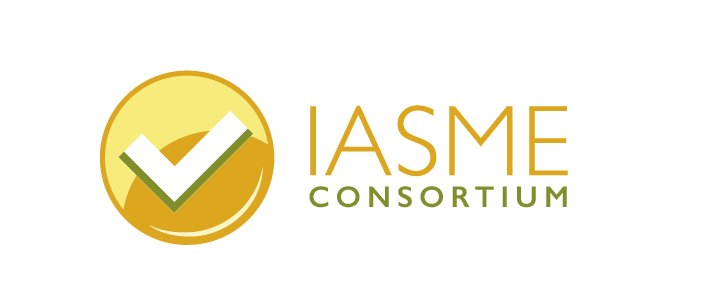The LPI’s Chief Learning Strategist Jon Fletcher writes:
In a world that often prides itself on rapid communication and precise articulation, dyslexic individuals like myself can sometimes feel at a disadvantage. We often look at what people are talking about, the insights they share, and think to ourselves… why couldn’t I say that?
However, since January 2023, AI has opened up so many new opportunities for me to express my creativity, ideas, and what’s in my head with clarity and confidence.
I am a proud Dyslexic
As a lot of you know, I am a proud dyslexic, and my journey with dyslexia has been a challenging one. Ever since school, it has been marked by the struggle to convey effectively what’s in my mind into words that others can easily understand.
I have always been able to share my ideas and thoughts verbally, but when I try and write them down, it just goes wrong, or I get frustrated that I can’t seem to write as well as I can speak (that’s what I tell myself).
Previously, anything I did to help often felt like trying to fit a square peg into a round hole. I have created a range of processes and approaches which have massively helped over the years but, for me, AI has emerged as a truly transformative tool, that connects my internal world with the external world through communication.
The new ‘AI’ process
Utilising various AI tools, I’ve developed a personal process (evolved from my previous approaches) that enhances my ability to express myself through articles and posts. This process is iterative and dynamic, and I wanted to share this with you today:
- I write down my initial thoughts and what I want to say, creating a first draft. This comes from my head, and I do not ask AI to write these as I don’t want to lose the ‘me’ from the writing.
- I then do a second pass, looking at what I said, refining it, or adding to it. This is the hardest part for me, as I rely on myself. I will also check for spelling, keeping my brain in gear and engaged.
- From there, AI assists me in refining what I have said by reviewing, simplifying, improving, adjusting, enhancing, or correcting what I have written. I either do this across part of all of the document, depending on what I need AI to review.
- Finally, I review it again, looking through it to make sure it makes sense, that it shares the point(s) I want to express or to improve the structure of the sentence to make it more coherent for readers. I will always revert back to the original if the sentiment of what I am saying needs to be recovered.
Now, this isn’t about using AI to create all my posts and blogs, it’s about enhancing and enabling me to share my thoughts, research, considerations or views in a way that reflects me and who I am.
I always consider!
It’s important to highlight that I always consider a number of elements when using AI to improve my writing, including ethical, environmental, and transparency. Each factor plays a key role in guiding my decisions regarding leveraging AI to enhance my work.
A key aspect of this approach is my deliberate and thoughtful selection of the data I feed into these tools. This ensures not only the effectiveness of the output but also its ethical integrity, ensuring it aligns with my genuine intentions. For example, I never put personal or organisational data in the AI solutions.
I also consistently evaluate the use of AI and give due consideration to its environmental impact. I selectively determine which posts and articles are put through an AI tool, with some receiving only partial AI analysis, while others are fully supported.
Finally, for me, transparency is key in using AI tools. I am committed to being open and honest about AI’s role in my creations, never concealing its involvement. This article, for instance, has patricianly been enhanced by an AI tool.
There are a number of other considerations when creating articles and blogs, all of which are important to me, but I wanted to share the above with you.
Its impact!
The impact of AI on my communication has been profound. It has significantly boosted my confidence and ability to articulate what’s in my head and my complex ideas. More importantly, it has given me a writing voice that truly reflects myself.
But my experience is more than a personal victory; it’s a testament to the potential of AI as an empowering tool for individuals with learning difficulties. It demonstrates that “barriers can be transformed into bridges” with the right technology and approach.
In sharing my story, I hope to inspire others with dyslexia to explore AI to express their unique perspectives. We are living in an era where technology is not just about automation or efficiency; it’s about inclusivity and enabling diverse voices to be heard. AI has undoubtedly revolutionised the way I express my creativity, and it holds immense potential for others on a similar journey.
Credit: This article was created by a human and enhanced by AI.
About the author – Jon Fletcher:
With over two decades of experience in the learning sector, focusing on technology, architecture, infrastructure, and operations, Jon brings enthusiasm, new ideas and a disruptive mindset. His recent accomplishments include designing, building, and executing global group-level learning and talent strategies, spearheading career and skills infrastructure projects, setting up modern learning technology ecosystems, and leading operational excellence programs for budding and large-scale global companies.
Connect with Jon via LinkedIn










Leave A Comment